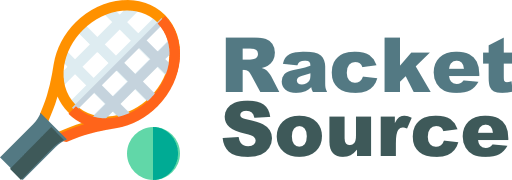Types of treatment that help are:
- Icing the elbow to reduce pain and swelling. …
- Using an elbow strap to protect the injured tendon from further strain.
- Taking nonsteroidal anti-inflammatory (NSAIDs), such as ibuprofen, naproxen, or aspirin, to help with pain and swelling.
Regarding this, what is the most effective treatment for tennis elbow?
Rest, ice, compression and elevation are the best treatment for tennis elbow, followed up with specific exercise and physical therapy. Tennis elbow (lateral epicondylitis) refers to an injury to the outer elbow tendon that occurs after strenuous overuse of the muscles and tendons of the forearm, near the elbow joint.
Considering this, how do I make my tennis elbow stop hurting?
Over-the-counter pain relievers:Ibuprofen (Advil, Motrin) and naproxen (Aleve) can ease mild to moderate pain. These are called NSAIDs — nonsteroidal anti-inflammatory drugs — and they reduce inflammation, too. Talk to your doctor about taking these, especially if you need them for weeks.
Is massage good for tennis elbow?
Deep tissue massage to the forearm is a very effective method of easing tennis elbow and healing it much faster than rest alone. Deep tissue massage will enhance circulation and combining this with friction therapy to the tendons on the elbow joint, positive results are seen.
What can be mistaken for tennis elbow?
Other Conditions Mistaken for Tennis Elbow
- Medial epicondylitis, or golfer’s elbow, causes pain in the same area as tennis elbow. …
- Osteochondritis is a joint disease. …
- Arthritis can wear down the protective cartilage around the elbow.
Should I wear tennis elbow brace overnight?
Use a brace while sleeping
By doing so, they help reduce pressure on the injured elbow tendons, and this can help reduce pain that’s keeping you up at night. These braces help keep the forearm muscles from contracting fully, and this can be helpful to your tennis elbow if you typically clench your fists at night.
Why does tennis elbow hurt more at night?
Many people find that it hurts the worst first thing in the morning, because the muscles and tendons stiffen during sleep, when we’re relatively immobile and circulation drops. This overnight stiffening can exacerbate the pain once you get up and begin moving the arm.
What exercises can I do with tennis elbow?
Exercises for Tennis Elbow
- FINGER STRETCH WITH RUBBER BAND. Place a rubber band around your thumb and fingers, and slightly cup your hand. …
- GRIP. …
- DOWNWARD WRIST STRETCH. …
- WRIST CURL (PALM UP, PALM DOWN) …
- ELBOW CURLS (PALM UP, PALM DOWN) …
- FOREARM PULL (OPTIONAL) …
- FOREARM TWIST (OPTIONAL)
How do I know when my tennis elbow is healed?
You will probably feel better in a few weeks, but it may take 6 to 12 months for the tendon to heal. In some cases, the pain lasts for 2 years or longer. If your symptoms don’t improve after 6 to 8 weeks of home treatment, your doctor may suggest a shot of corticosteroid.
Can I workout with tennis elbow?
If you have Tennis Elbow or Golfer’s Elbow you can certainly continue with your cardiovascular exercise… Continuing your cardio and lower body workouts is not only acceptably – but highly desirable from a “stay fit and healthy” perspective, and also to maintain good circulation and healing in your injured upper body.
How do you rest your arm with tennis elbow?
Home Treatment
- Rest your fingers, wrist, and forearm muscles to allow your tendon to heal. …
- As soon as you notice pain, use ice or cold packs for 10 to 15 minutes at a time, several times a day. …
- Wear a counterforce brace during activities that require grasping or twisting arm movements.
